- The Merowe Dam is the largest hydropower project in Africa and is known as Sudan's "Three Gorges Project"
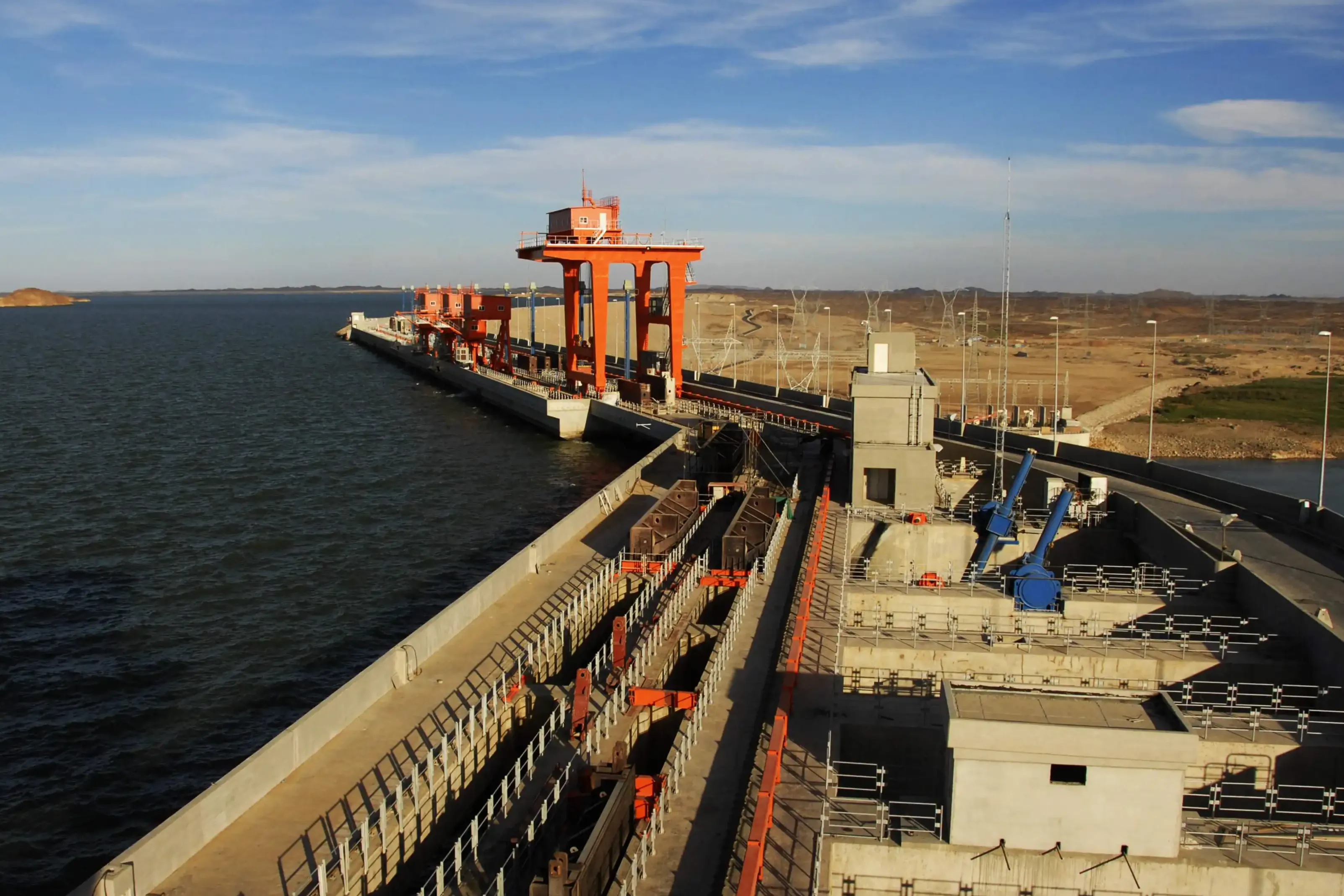
Do you know? The longest dam in the world is neither in developed countries in Europe and America nor in China, but in Africa.
It comes from the Republic of Sudan in Africa and is located on the Nile River, 350 kilometers north of the capital Khartoum, with a total length of 9,285 meters, equivalent to three times the size of the Three Gorges Dam and 25 times that of the Hoover Dam in the United States. Its long dam body contains 5 types of dams, and the engineering volume is almost comparable to that of the Three Gorges Project. It's the Merowe Dam. "African Three Gorges", a large-scale water conservancy project linked by African Sudanese people and China's Three Gorges Project, cuts off the world's longest river, the Nile River, and its own dam length ranks first in the world. Its mighty standing on the fertile soil of Africa.
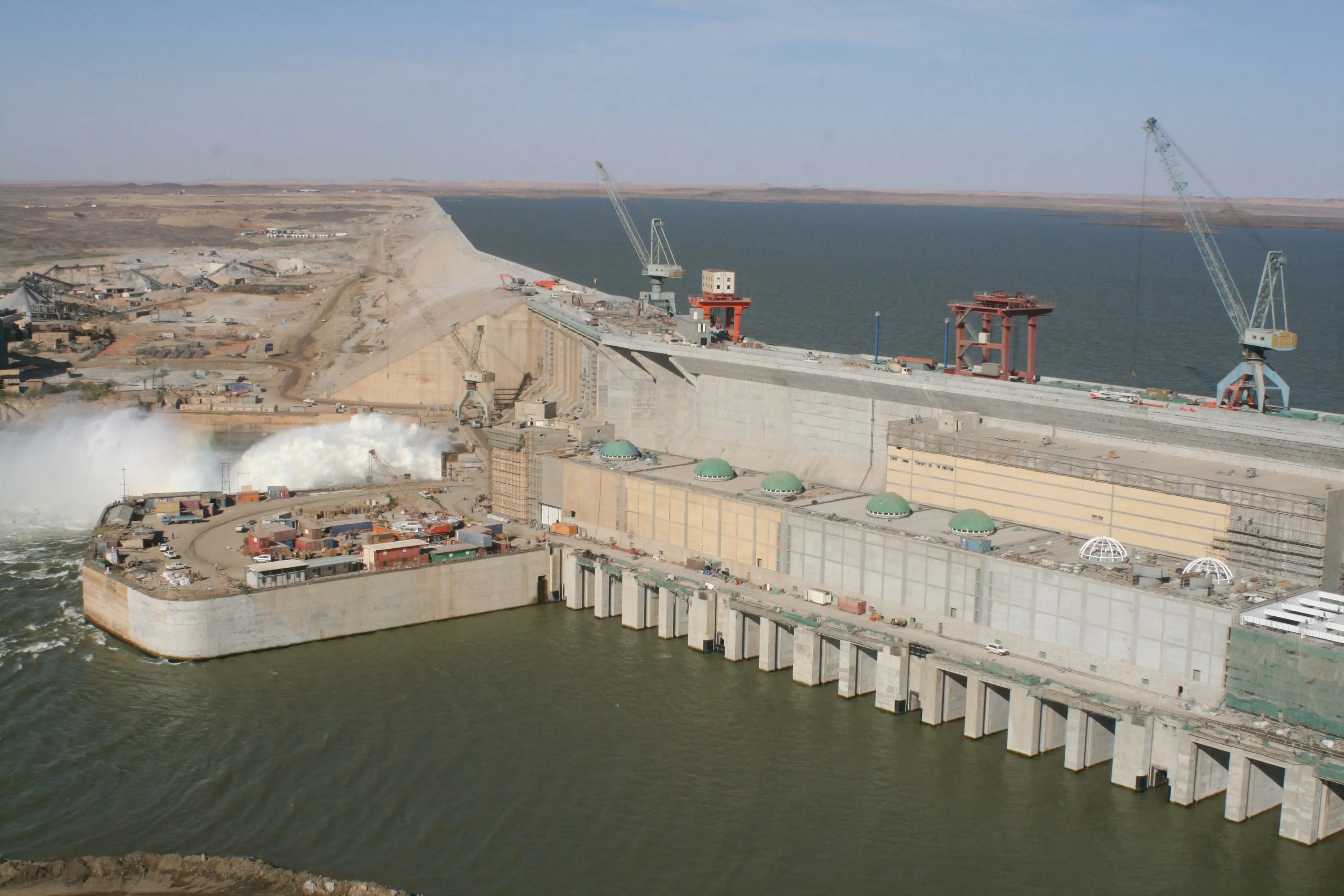
Although the Merowe Dam was not built in China, it is truly "Made in China". The construction of this century's water conservancy project on African soil is from China's two major hydropower giants - China Water Conservancy and Hydropower and Water Conservancy and Hydropower. China Water Resources and Electric Power International Corporation took the lead and joined forces with China Water Resources and Hydropower Construction Corporation, defeating 44 joint ventures composed of 55 internationally renowned companies, and won the contract for the civil engineering of the Danish Lovi Dam in Sudan in one fell swoop.
How did the Merowe Dam change Sudan's economy?
The construction of the Merowe Dam can be said to have directly saved the country of Sudan. Sudan is one of the poorest countries in Africa. Its economy is mainly based on agriculture and animal husbandry, and it is very dependent on foreign economic aid, which has created poverty in Sudan. In addition to the 40-year war, the lack of electricity is also an important factor restricting economic development. During the 1980s and 1990s, nearly 60% of the Sudanese population had no electricity. Before 2003, Sudan had no electricity. They don't even have their own national grid, and some regions even have to use diesel generators to generate electricity.
In modern society, the economic construction of a country is closely related to electricity, and Sudan, where nearly half of the country's population has no electricity, will naturally become one of the poorest countries, but Sudan does not lack resources for power generation. One of the countries with the most abundant water resources in Africa, known as the Nile River, the mother river of Africa, nearly 2,000 kilometers of its 6,700-kilometer flow section are located in Sudan. At the same time, because the terrain in the southern region is dominated by swamps and tropical rain forests , the local annual precipitation is also adequately guaranteed, and sometimes even floods occur due to excessive precipitation.
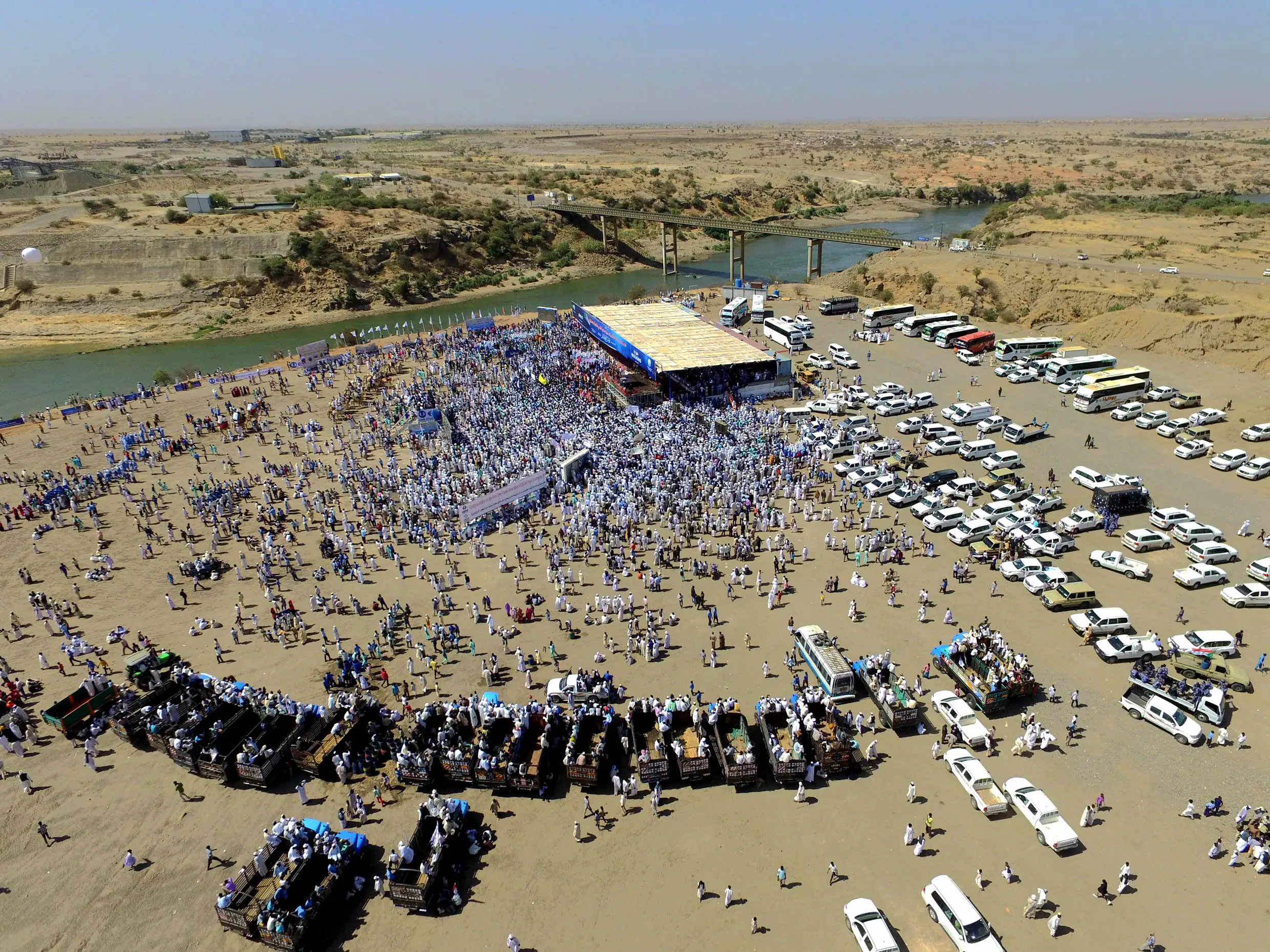
The electricity supply situation in Sudan is also very worrying. Before 2003, Sudan did not have a complete national power grid, and could only rely on some scattered fuel-fired generators to provide electricity, which not only caused huge pollution, but also the price of electricity was very expensive. Only a few wealthy people could afford it, let alone support. Domestic industry developed.
After the Blue Nile and White Nile converge in Khartoum, the water volume increases greatly, which contains huge energy for human use. However, Sudan's weak industrial base and backward technology make it unable to independently build a giant water conservancy project across the Nile.
The Merowe Hydropower Station with a total investment of nearly 10 billion was officially started construction in 2007, and it was officially delivered to Sudan and put into operation after five years. Although the Merowe Hydropower Station is far less expensive than the Three Gorges Hydropower Station in China, its construction scale and design plan are in a leading position in the world. Among them, the Merowe Dam is located in Khartoum, Sudan, Africa, with a total length of 9,285 meters. It is currently the largest hydropower station in the world. The Three Gorges Dam in China is only 2,308 meters long, equivalent to four one part. The Merowe Hydropower Station is equipped with a reservoir with a water storage capacity of 12.45 billion cubic meters, which can not only support most of the normal power supply in the local area, but also irrigate more than 1 million mu of surrounding farmland. It can be said to kill two birds with one stone.
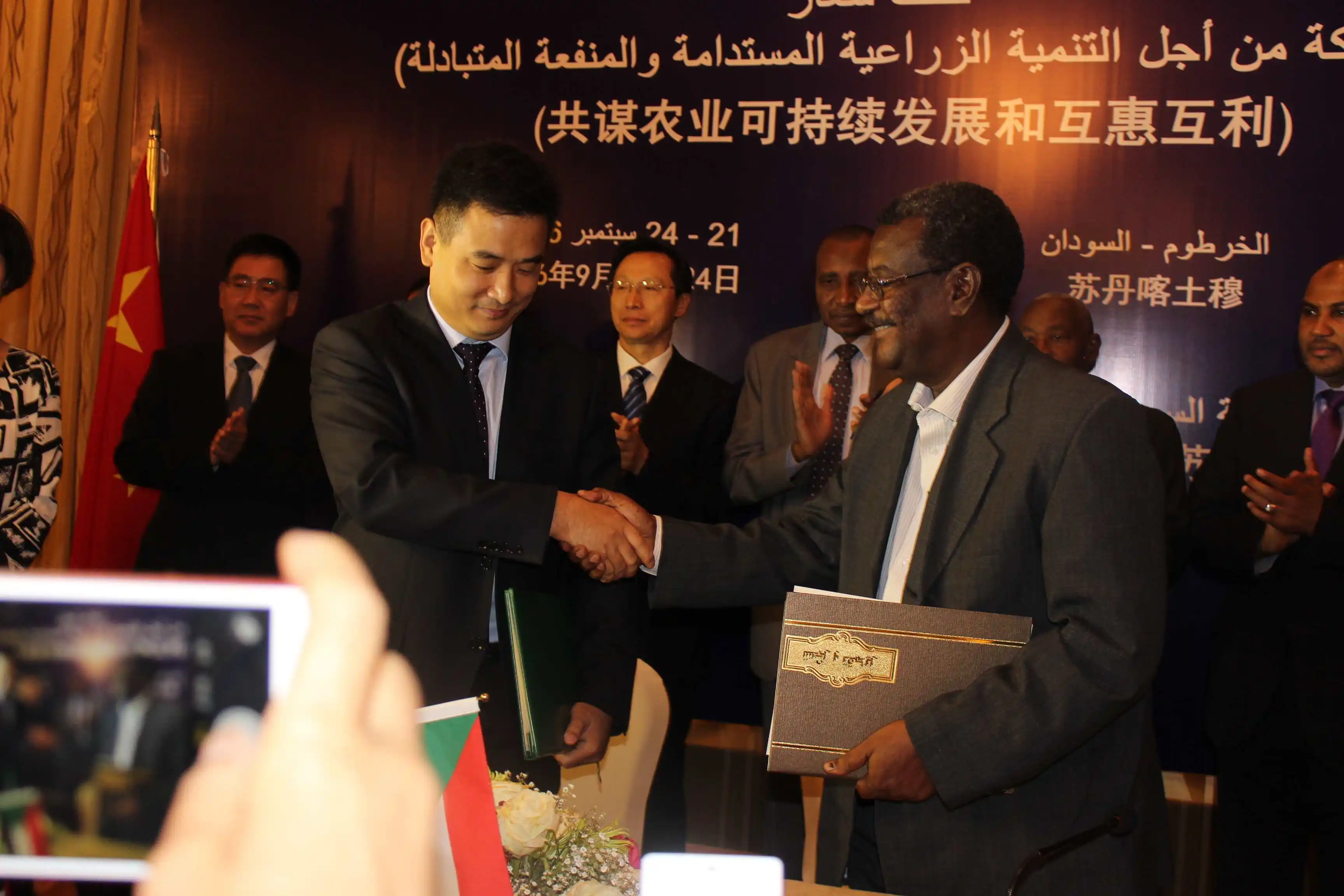
With the efforts of Chinese enterprises and more than 5,400 employees, the Merowe Dam was finally completed, and all ten units of the power station were connected to the grid on April 8, 2010 to generate electricity. Sudan's dream of half a century was finally realized.
The Merowe hydropower station has a total installed capacity of 1,250 megawatts. Its completion has doubled the total electricity supply in Sudan, directly reducing the cost of civil and industrial electricity in Sudan by 25%, and agricultural electricity consumption by 30%.
"After the completion of the Merowe Dam, the basic municipal electricity supply in Khartoum can be guaranteed, and the price is much cheaper than before. From the previous few hours of power supply every day, now there are few power outages, the change is simply too great." Mohammad, a citizen of Khartoum, said with joy.
The 50,000-volt high-voltage transmission line built to support the power station transmits the electricity generated by the power station to the whole country, forming a national power grid centered on Merowe, making Sudan a country without a national power grid to a country with an advanced national power grid.
Cheap hydropower has also replaced the crude oil currently used for power generation for export to earn foreign exchange, changing Sudan's energy structure. Not only in terms of power supply, the Merowe water conservancy facility has also greatly improved the ecological environment on both sides of the Nile River, making canals spread out in a mesh on the edge of the Sahara Desert, adding more than 1 million mu of arable land, benefiting more than 4 million Sudanese farmers, and changing the situation in one fell swoop. Agricultural landscape in Sudan. A total of more than 1/3 of the Sudanese people have benefited from the Merowe Dam. The Merowe Dam can be called the dam of life for the Sudanese nation to take off.
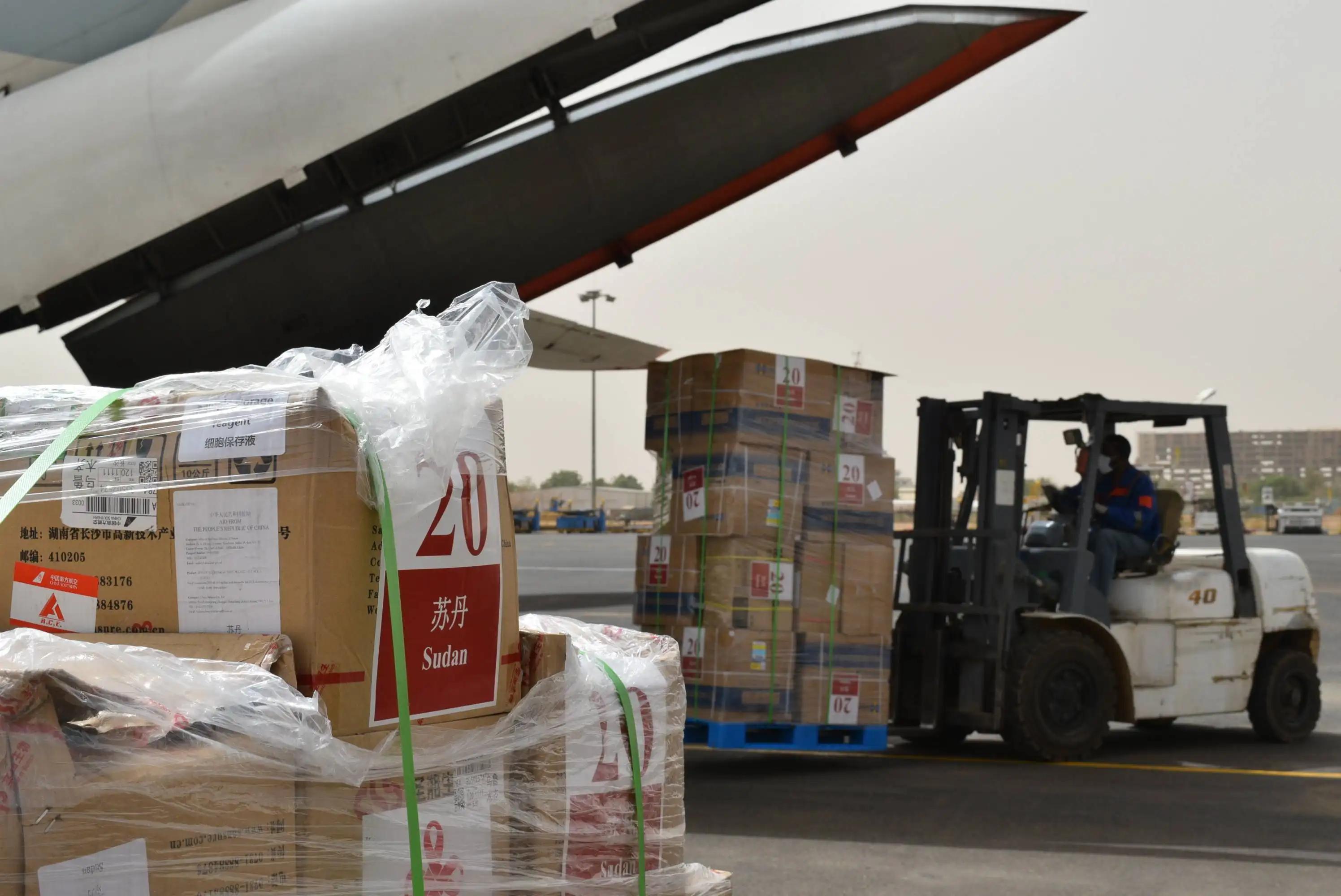
"Chinese enterprises have made outstanding contributions to the social development of Sudan, and I would like to thank them for their hard work. The excellent water conservancy projects they have built have provided a strong impetus and solid backing for Sudan's development. It is a milestone and pride in the history of Sudan's development. It is an example and witnesses the profound friendship between the two countries," said Heidr Mohammed, Sudan's Minister of Water, Irrigation and Electricity.
How difficult is it to build a dam on the Nile?
Navigating the Nile, the longest river in the world, is no easy task. In the Sudan section, the water depth of the Nile River is not large, and the slopes on both sides of the river are extremely gentle, which means that if the water level of the Nile River is to be raised to a height suitable for power generation, a huge reservoir will be formed upstream, and the total reservoir reserves At 12.4 billion cubic meters, the dam will also be a staggering 9.7 kilometers in length.
Therefore, compared with ordinary dams, the Merowe Dam project not only has a huge amount of engineering, but also is difficult to construct, and the technologies involved are more comprehensive and complex.
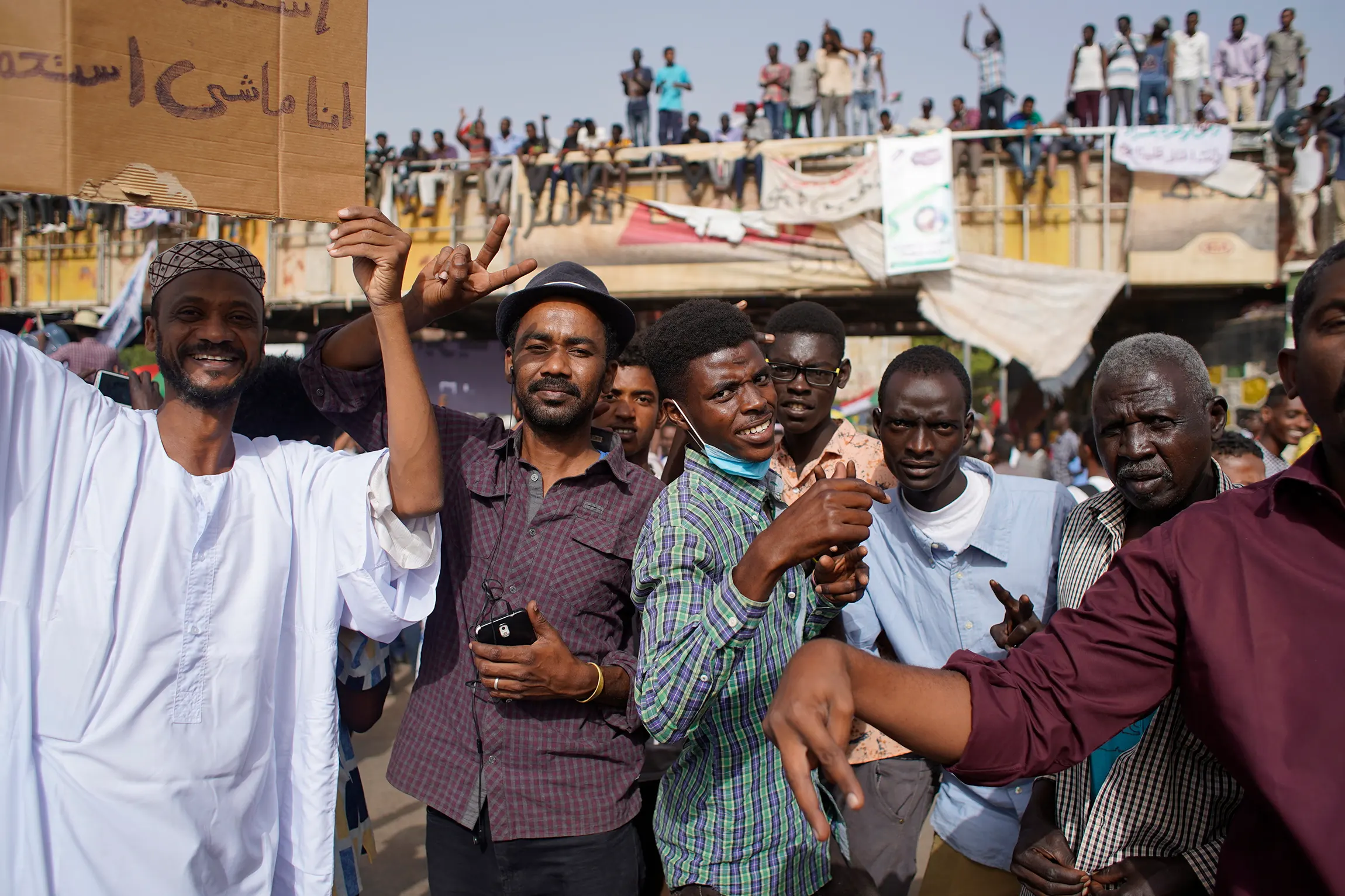
Usually, a dam only involves one or two dam types, but the dam body of the Merowe Dam is too long, so five dam types have to be used for different needs, including concrete face rockfill dam, Clay-cored rockfill dams, concrete gravity dams, earth dams and gate dams cover almost all river hub dam shapes except for no arch dams.
Among them, the concrete face rockfill dam is the main body of the whole dam, with a total length of 5.8 kilometers and a total face area of 215,000 square meters, which is the largest in the world.
The Merowe Dam is located in a semi-desert area, and the construction conditions are very harsh. As a super-large concrete project, the dam is prone to cracking due to external structural and geological constraints. The environment in which the Merowe Dam is located not only has a large temperature difference between day and night, but also is very arid, which will cause huge internal tensile stress inside the concrete and cause cracking.
Arid conditions can also cause increased water loss on the concrete surface, further aggravating the development of cracks. The cracks on the dam will gradually deepen with the operation of the dam, and eventually seriously endanger the safety of the dam.

Chinese engineers brought their domestic engineering experience to the Merowe Dam. After systematic computer stress simulation and meticulous thermal maintenance, and timely treatment of cracks, the project department finally passed the danger of dam cracking. Affect the normal use of the upstream dam surface.
In some special parts, such as the diversion bottom holes of the flood discharge dam section, the concrete is more sensitive to temperature changes and more prone to cracking. Engineers made targeted local reinforcements here to resist cracks.
During the entire five and a half years of construction, the construction quality of the Merowe Dam project has always been under control, and the panels constructed in the high-temperature and dry areas with an average temperature exceeding 40 degrees have no cracks, creating a world miracle.
The most important component of the Merowe Dam is the clay and gravel core that forms the core volume of the entire dam. On the upstream side of the earth embankment on the left and right banks, there is also a need for large stones to protect the dam. The volume of the Merowe Dam was so large that the project department had to put a lot of man-hours into quarrying.
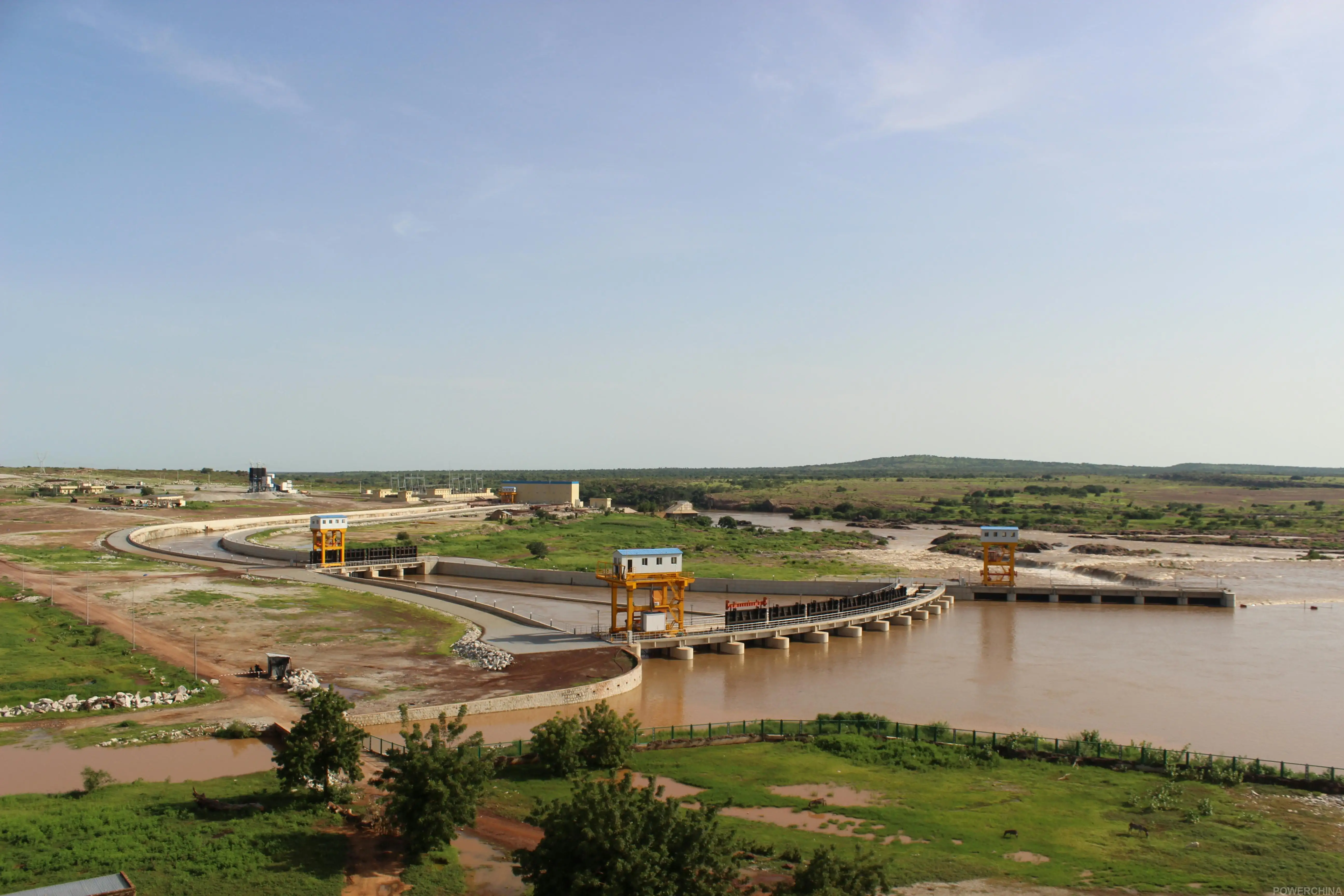
In order to improve the overall efficiency of mining, the engineers adopted the extrusion blasting method for mining. In short, after one blasting, they are not in a hurry to remove all the exploding soil and rocks, but reserve a certain slag heap on the site. , using the reserved slag heap to squeeze and restrain the explosion area, control the forward thrust distance of the explosion heap, and then improve the utilization rate of the explosion energy.
In this way, the throwing motion of the rock and the energy loss of the air shock wave can be reduced, and a larger output can be brought about by one blasting. Rock drilling and blasting and digging can also form an independent construction operation area for parallel operation, which greatly improves the work efficiency.
However, this blasting method requires a lot of experience and skill. Chinese engineers also constantly adjusted parameters and improved the process according to the specific conditions of the mine during the construction process, and finally summed up the most ideal blasting process, which improved the construction efficiency in the key process of quarrying, and contributed to the improvement of the entire dam. The construction has caught up with a large wave of construction schedules.
How to guarantee the massive supply of materials for construction in less developed countries?
To build such a behemoth, an extremely large amount of reinforced concrete, mechanical equipment and personnel and living materials are required. Sudan's industrial base is weak and materials are extremely scarce. Most of the materials needed for the project have to be imported, and most of them have to be purchased directly from China.
This has greatly increased the difficulty and cost of material acquisition. In addition to the difficulties often encountered in international engineering material support, what is more serious is the customs clearance and transportation of materials in Sudan.
The local traffic conditions are very backward. There is only one 800-kilometer-long meter-gauge railway built more than 100 years ago from the port to the construction site. The goods only need to be transported from the port to the site, and the shortest time is 7 days, and the longest time is three months.
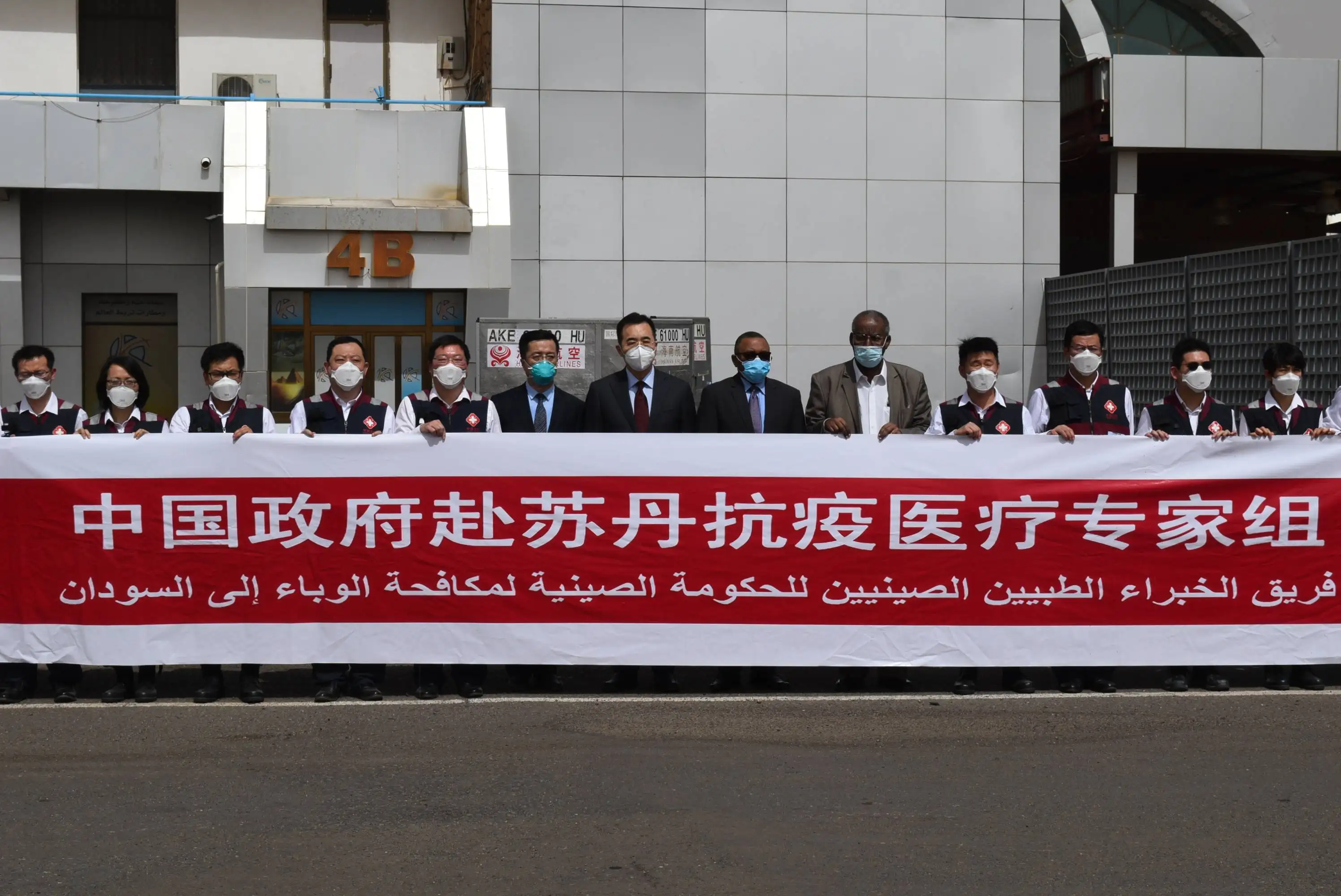
Road transportation is even worse. In particular, large-scale food transportation began in Darfur in 2005, which occupied most of the local transportation force, which made the only transportation force even worse.
In addition, the port's equipment is also very backward, the management is chaotic, and the speed of loading and unloading is very slow.
In order to make the supply of materials keep up with the progress of the project and not delay the construction period, the project department has implemented a unified material guarantee system. They divided the materials into ordinary shipping plans and emergency air transportation plans. Even for emergency air transportation, they made a planning plan one month in advance, and made enough advance to ensure that everything was safe.
In order to prevent customs clearance from becoming a bottleneck for material security, the project department specially dispatched additional personnel to the Port Sudan office in the city to supervise every step of customs clearance and transportation. Considering the shortage of local transport capacity, the project department even purchased transport vehicles in China and set up transport fleets to transport goods by themselves.
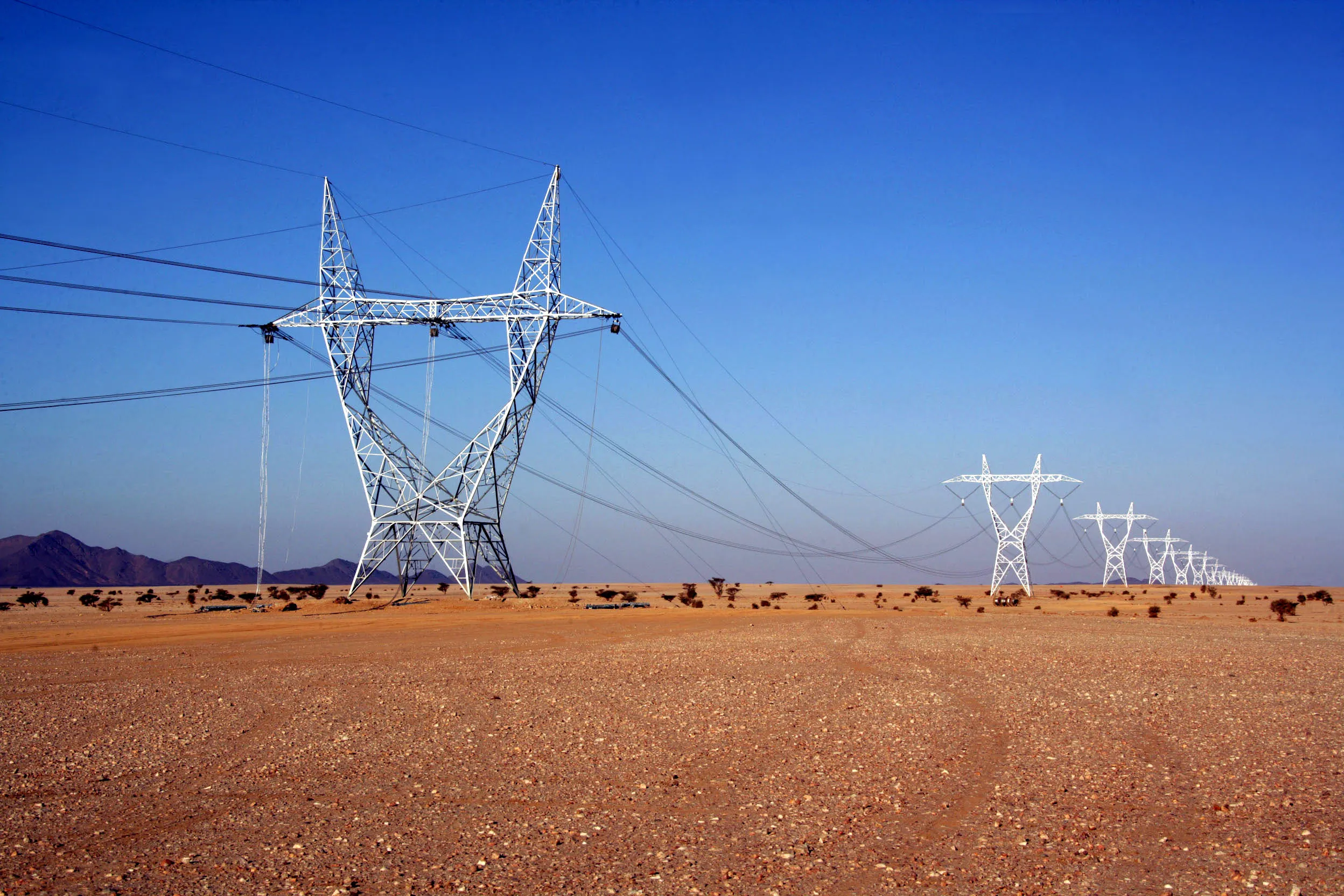
As a result, the material flow reaching the site reached a maximum of 40,000 tons per month, effectively solving the problem of material supply guarantee. In addition, through coordination with Sudanese high-level officials, the process of tax-free review, customs clearance and approval has been greatly simplified, and transportation efficiency has been improved.
On April 8, 2010, the Merowe Dam power station was connected to the grid for power generation, marking the final commissioning of the dam. It is said that there is no love for no reason in the world, and there will be no national friendship that is loyal to death for no reason. If anything, it must be that both parties are doing their best to maintain the relationship. Sudan is now China's third largest trading partner and fourth largest investment destination in Africa, while China is Sudan's largest trading partner and source of investment. The relationship between the two countries is comparable to that of China and Pakistan, and all of this stems from the fact that China helped Sudan at a critical moment in exchange for this sincere partner. Editor / Xu Shengpeng
Comment
 Praise
Praise
 Collect
Collect
 Comment
Comment
 Search
Search



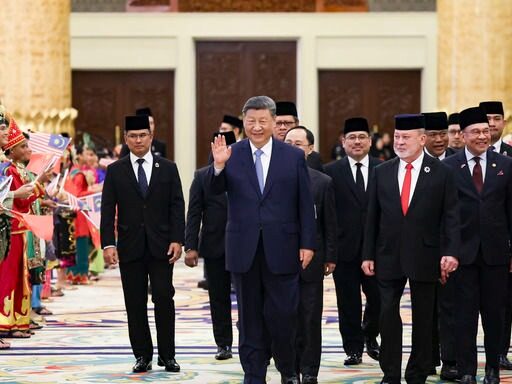

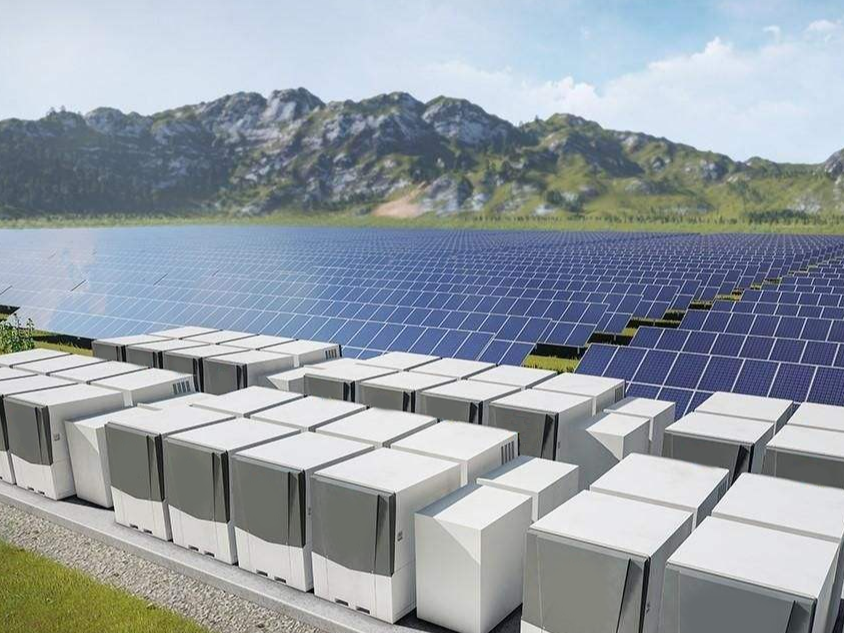

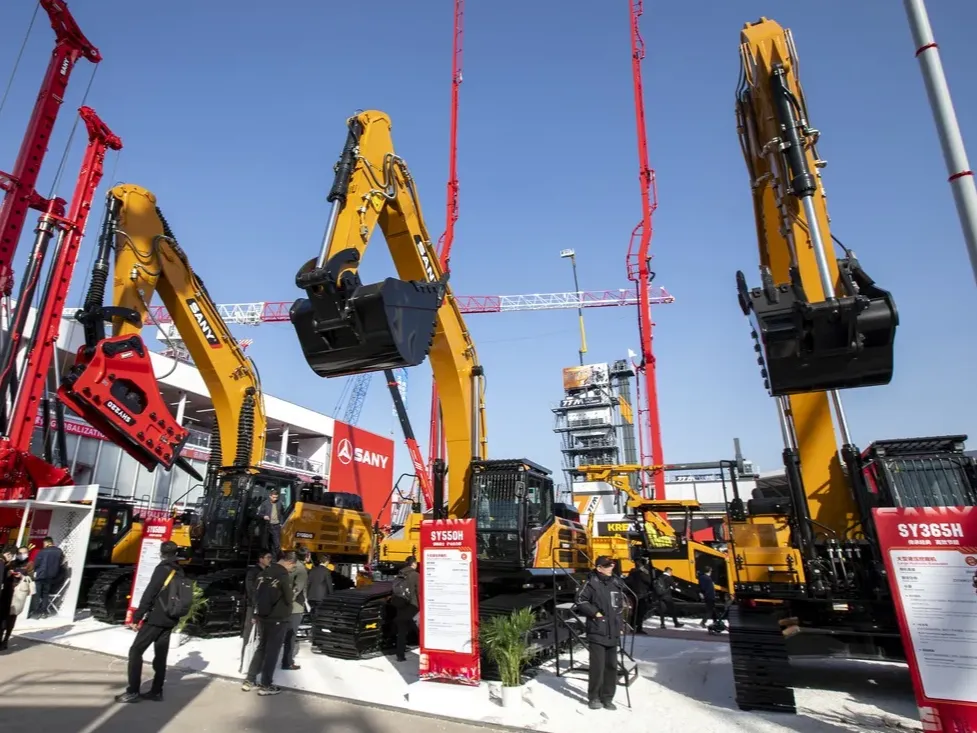






Write something~